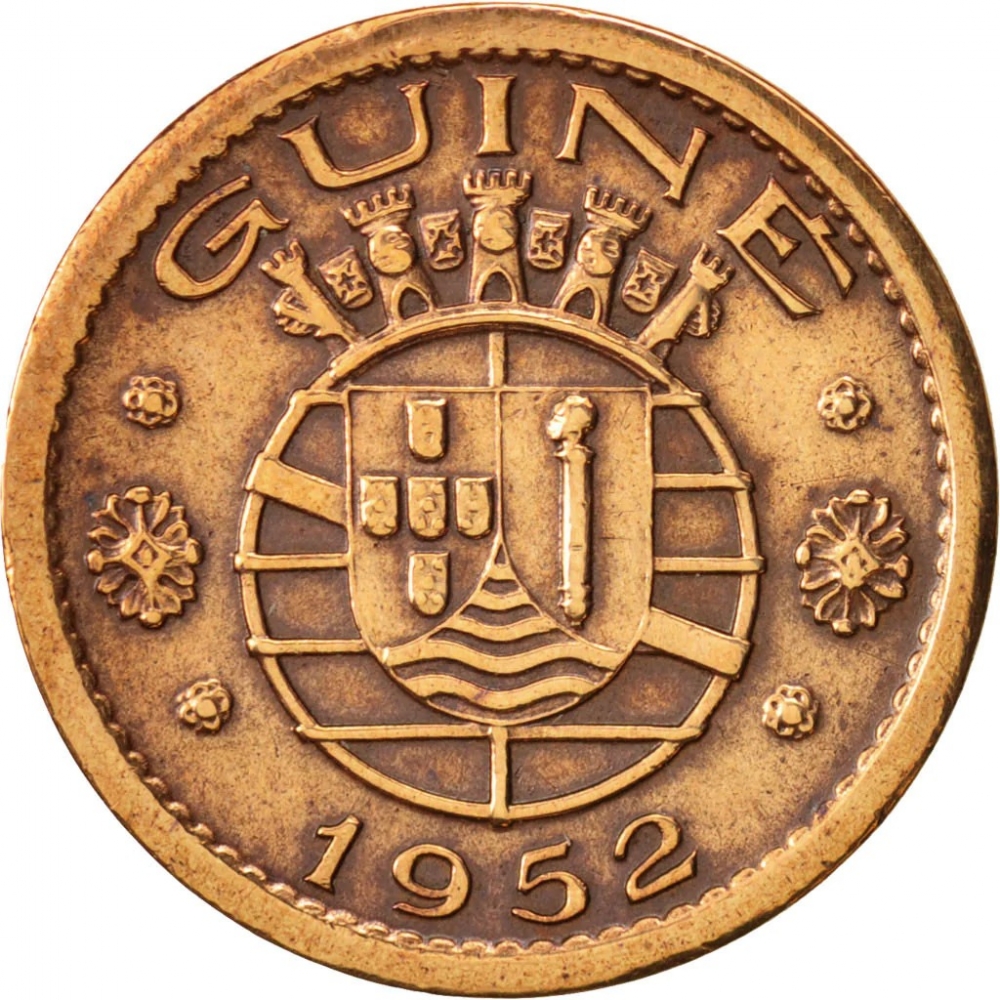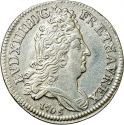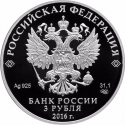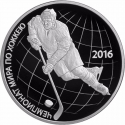You are about to finish your registration. Please check your mailbox (including spam folder). There should be a letter with a confirmation link. Check setting to make sure that your e-mail address is correct.
Send letter againDescription
Portuguese Guinea, located on the West African coast, was a colony of Portugal from the mid-15th century until it declared independence as Guinea-Bissau in 1973. Initially established as a hub for the transatlantic slave trade, the territory later became a center for the export of peanuts, palm oil, and other agricultural products. Portuguese rule was marked by economic exploitation, limited infrastructure development, and harsh colonial administration. In the 20th century, growing nationalist sentiment led to the formation of the African Party for the Independence of Guinea and Cape Verde (PAIGC), which launched a guerrilla war against Portuguese forces in 1963. After a decade of armed struggle and the weakening of Portugal’s government following the Carnation Revolution in 1974, Guinea-Bissau achieved internationally recognized independence, marking the end of nearly 500 years of Portuguese colonial rule.
Obverse

|
Depicts the coat of arms of Portuguese Guinea, encircled by the colony's name in Portuguese at the top, and the date positioned below. GUINÉ |
|---|---|
Reverse

|
Depicts the denomination in the centre surrounded by the country name. REPÚBLICA • PORTUGUESA |
| Edge |







